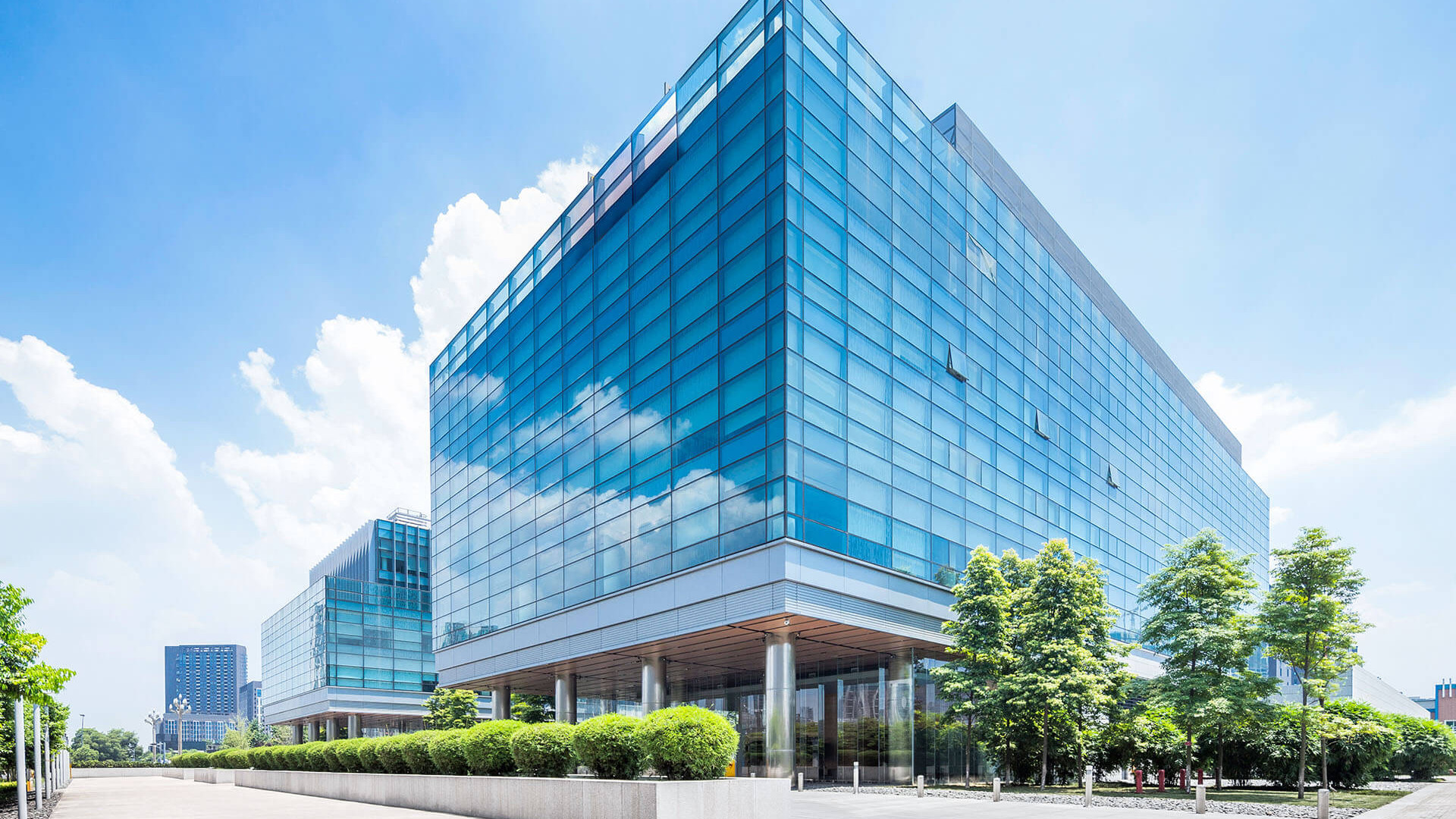Offshore investors cut their investments by a record amount
Australia’s commercial property market saw a record drop in activity in 2023. Offshore investors were extremely cautious and avoided new projects. As a result, investment volume reached its lowest level in 10 years. Moreover, 2023 was even worse than 2020, when the world experienced a pandemic.
Reasons for low offshore investors activity
According to MSCI, investments in commercial property in the last period amounted to USD 8.8 billion. This figure was two times lower than in 2022. Analysts note that demand for properties from local buyers was also weak. However, the activity of foreign investors was even lower.
Over the past 10 years, foreign buyers accounted for around 30% of commercial property transactions. In 2023, this share fell to 22%, the lowest figure for the period.
Experts cite high interest rates as the reason for the low activity level. In addition, local banks have tightened the rules for obtaining loans. As a result, many property buyers could not get the desired loan amount and postponed the purchase. The downturn in the global economy exacerbated the situation. This had a negative impact on both local and foreign investors.

Office sector problems
Another factor in the Australian market is the mismatch between seller and buyer expectations. Traditionally, commercial property prices depend on interest rates and the market. When these indicators change, there is an adjustment in the value of properties. However, in 2023, sellers wanted to realise a profit that did not match investors’ ability to do so. The MSCI Price Expectations Index shows these results:
– the gap between buyers’ and sellers’ expectations for office property was 23%;
– the expectations gap for retail properties was 32%;
– the price gap in the industrial segment was 14%.
Analysts say the difference in views on office values has affected demand from offshore groups. It is worth noting that before the pandemic, these properties were of primary interest to overseas buyers. Australian office property was seen as a low-risk asset. Investment in it accounted for the bulk of offshore capital in the local property market.
The decline in demand for these properties led to an increase in the vacancy rate. The vacancy rate in Australia’s business districts is now 13.5%. Before the pandemic, it was 8%. Rising interest rates and revised lending conditions have led to pricing difficulties. As a result, transaction volumes have fallen significantly. In 2023, the total value of offices sold was 70% lower than in the previous period.
